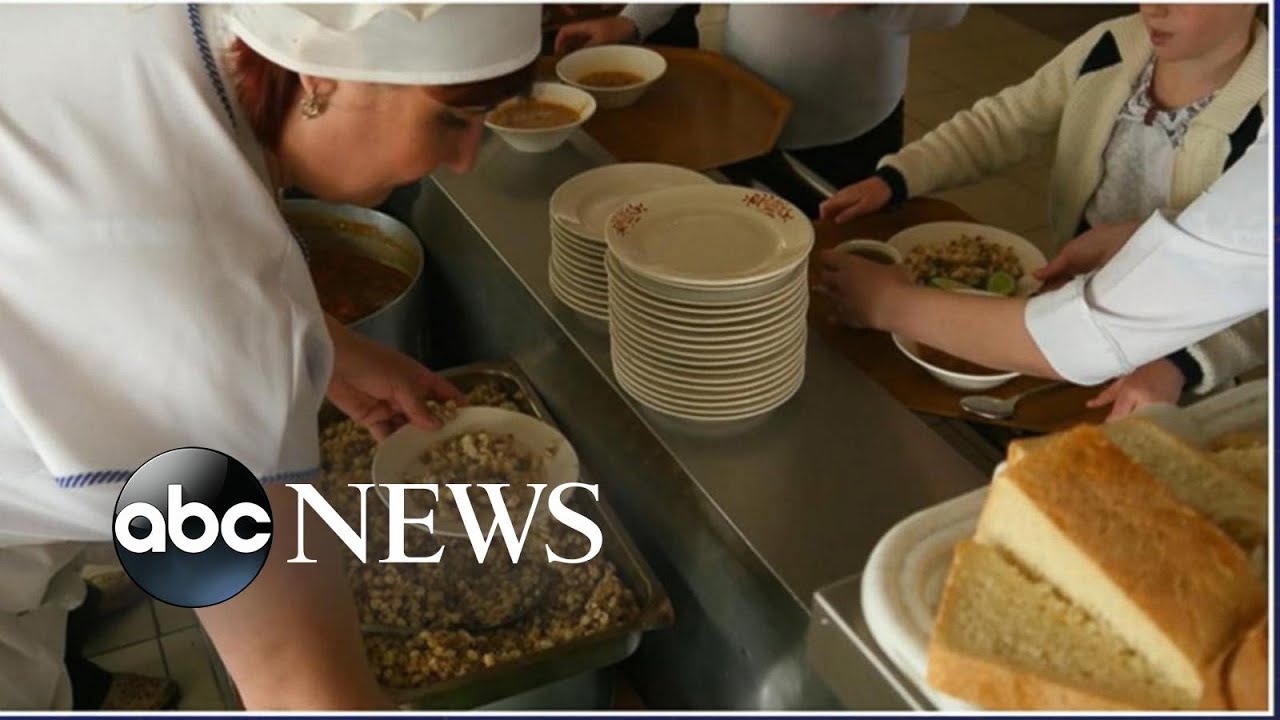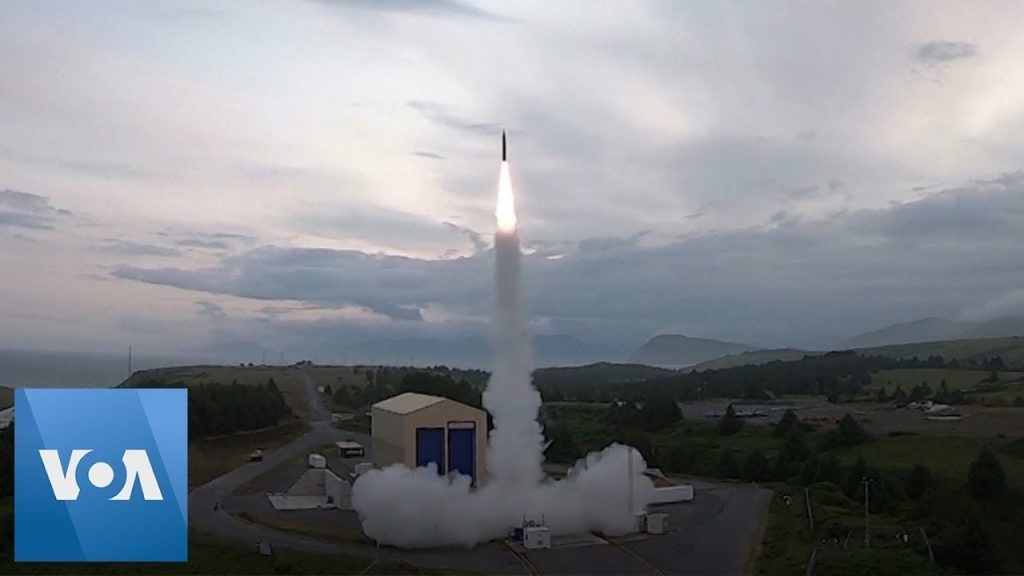More schools are shutting down due to coronavirus

More schools are shutting down
Food advocate Tom Colicchio says schools shutting poses food security problems.
How have education systems adapted and what adjustments have been made to ensure academic continuity?
As the COVID-19 pandemic continues to impact communities across the globe, the education sector has been significantly affected with an increasing number of schools shutting down. In many countries, education systems have been forced to adapt to the current situation by implementing online and distance learning methods. Still, some schools have had to close entirely, leading to disruptions and challenges for students, teachers, and parents alike.
The decision to close schools is often taken by national or local authorities in response to the prevalence of COVID-19 cases in the community. The primary objective is to limit the spread of the virus and keep students, teachers, and staff safe. While distance learning is now the preferred choice for academic continuity, many schools do not have the infrastructure or resources needed to ensure that all students have access to remote learning. This has resulted in a striking divide between those who have access to quality education and those who do not.
In addition to the disruption of academic learning, school closures also have severe social and emotional impacts on students. Children are losing critical opportunities to interact, learn, and grow in a structured and nurturing environment provided by schools. Moreover, deprived of the protective layer a school setting affords, vulnerable children are more exposed to developing conditions such as stress, anxiety, depression, and abuse.
The pandemic has undoubtedly exposed pre-existing systemic inequalities in education, as well as the lack of preparedness and investment in many educational systems. The situation calls for urgent action, and all stakeholders must work together to mitigate adverse impacts caused by the pandemic. Firstly, governments must increase funding for educational infrastructure and support systems to strengthen remote learning options. Also, efforts must be made to ensure that children who have limited access to technology have access to appropriate devices necessary for home learning.
Additionally, schools need to remain vigilant and establish effective safety protocols to ensure that if COVID-19 cases arise within school premises, schools can be shut down early, discontinuing the spread of the virus. Frequent testing and vaccine administration for students and staff can also help limit the spread of COVID-19, keeping schools open.
In conclusion, the recent wave of school closures highlights the precarity of educational systems in the face of a pandemic. School closures have significant consequences, which will be felt for years to come. Real action is needed to protect education for all students, reduce disparities, and ensure that no child is left behind. Educational systems and policymakers need to work together, invest in educative infrastructure, and ensure that every child has access to quality education during this challenging time, paving the way for building better, more resilient education systems for the future.









EU court backs Apple in fight over $15 billion tax bill
Liberal Says They’re Voting For Trump, Facebook DELETES Video??!
Canada is Quietly Building The Trading Empire Of The World
Is the U.S. ready for a severe coronavirus outbreak?
Bernie Sanders: Unbelievable Trump attacks US cities